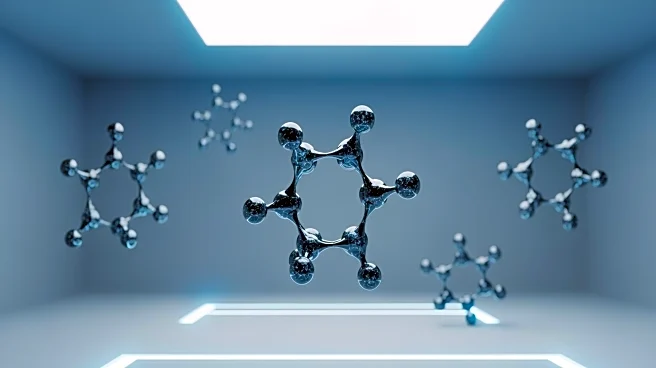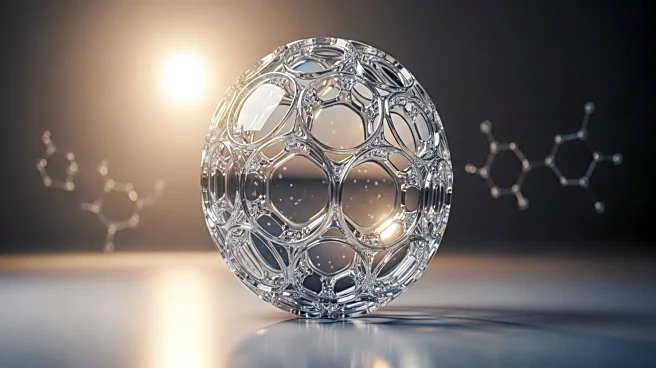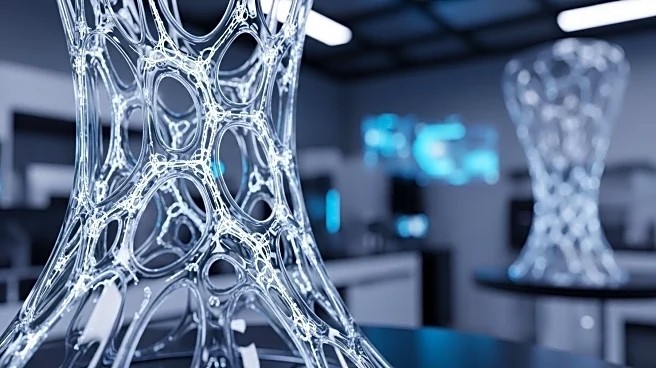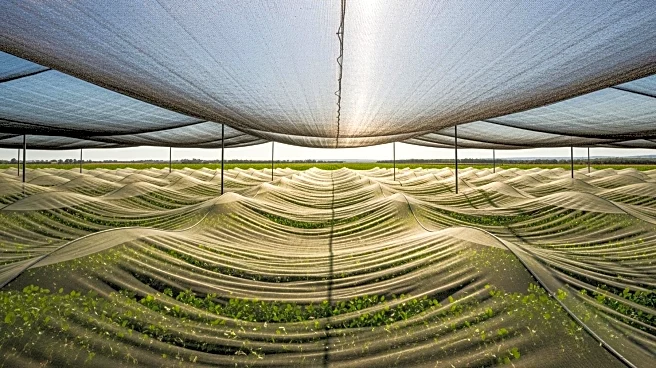What's Happening?
QYResearch has published a comprehensive report on the global market for self-healing polymers in aerospace applications, projecting significant growth from $176 million in 2024 to $420 million by 2031.
The report provides detailed insights into market size, share, demand, and industry development status, with a forecasted compound annual growth rate (CAGR) of 13.3% from 2025 to 2031. It includes historical analysis, market segmentation by type and application, and competitive landscape insights, highlighting key players such as Autonomic Materials Inc, Arkema, and Evonik Industries AG. The report aims to equip stakeholders with data and strategies to navigate the evolving market.
Why It's Important?
The growth of self-healing polymers in aerospace applications is crucial for enhancing the durability and longevity of aerospace components, potentially reducing maintenance costs and improving safety. This market expansion reflects increasing demand for advanced materials that can autonomously repair damage, thereby extending the lifecycle of aerospace products. Companies involved in aerospace manufacturing stand to benefit from adopting these materials, which could lead to innovations in aircraft design and performance. The report's insights can guide strategic decisions for investors and industry players looking to capitalize on emerging trends in aerospace materials.
What's Next?
The report suggests that stakeholders should focus on regional market potentials, particularly in North America, Europe, and Asia Pacific, where demand for advanced aerospace materials is expected to rise. Companies may consider strategic partnerships, mergers, and acquisitions to strengthen their market position. Additionally, ongoing research and development in self-healing polymer technology could lead to new applications beyond aerospace, potentially expanding market opportunities. Industry players should monitor regulatory developments and technological advancements to stay competitive.
Beyond the Headlines
The adoption of self-healing polymers in aerospace could have broader implications for sustainability, as these materials reduce waste and resource consumption by minimizing the need for replacements. Ethical considerations may arise regarding the environmental impact of polymer production and disposal. Long-term, the integration of self-healing materials could influence cultural perceptions of technology and innovation in aerospace, emphasizing resilience and efficiency.











